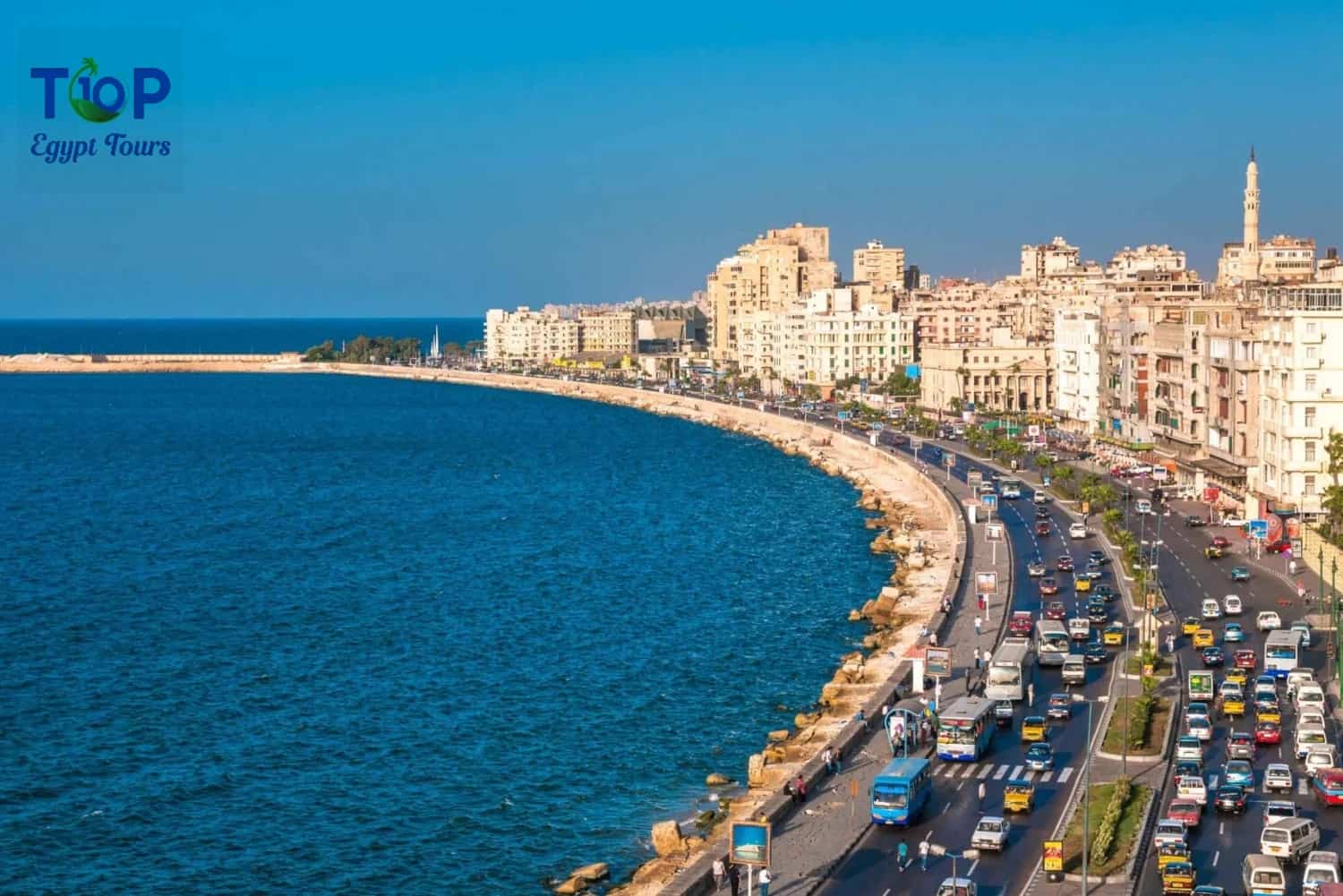Egypt, a land of ancient wonders, has been a timeless travel destination, captivating the imagination of adventurers and history enthusiasts alike. From the awe-inspiring Pyramids of Giza to the tranquil banks of the Nile River, Egypt offers a diverse array of attractions that beckon visitors from around the world. In this guide, we will help you understand the best time to explore this enchanting country and make the most of your journey.
Overview of Egypt’s Climate:
Egypt’s climate can be categorized into two main seasons: summer and winter. The country’s climate varies from Mediterranean on the northern coast to desert in the interior, and it greatly influences the best time to visit.
Summer: From May to September, Egypt experiences its scorching summer. Average temperatures often exceed 40°C (104°F), and the air can be dry and uncomfortable. It’s the hottest and driest time of the year, making it less favorable for outdoor exploration.
Winter: The winter season in Egypt runs from October to April. During this time, the weather is milder, with average temperatures ranging from 20°C to 30°C (68°F to 86°F). The skies are usually clear, making it an excellent time to explore the country’s attractions.
Best Time to Visit Egypt: High Season:
The high season in Egypt, which typically spans from October to April, is the most popular time for travelers to visit. Here’s why:
Favorable Weather: Mild temperatures and clear skies make for a comfortable and enjoyable experience, ideal for exploring Egypt’s outdoor treasures.
Iconic Attractions: This is the perfect time to visit renowned landmarks like the Pyramids of Giza, Luxor, and Aswan, as the weather is ideal for sightseeing and outdoor activities.
Best Time to Visit Egypt: Low Season:
While the low season falls between May and September, there are unique advantages to traveling during this period:
Beating the Heat: Though it can get scorching during the low season, there are ways to make the most of your trip. Consider exploring indoor attractions, such as the Egyptian Museum in Cairo or cruising the Nile, to escape the heat.
Fewer Crowds and Lower Prices: If you prefer a more peaceful travel experience, the low season is the time to go. You’ll encounter fewer tourists, shorter lines, and often lower prices on accommodations and tours.
Special Events and Festivals:
Egypt is not just about historical sites; it’s also rich in cultural and religious events that add a unique dimension to your journey:
Ramadan: During the Islamic holy month of Ramadan, visitors can experience the vibrant traditions of fasting, prayer, and festive iftar meals after sunset. It’s a great opportunity to immerse yourself in Egyptian culture.
Abu Simbel Sun Festival: This bi-annual event, held in February and October, celebrates the alignment of the sun’s rays illuminating the inner sanctuary of the Abu Simbel temples. Witness this awe-inspiring event during your visit.
Tips for Traveling in Different Seasons:
To make the most of your trip to Egypt, consider the following season-specific tips:
High Season: Pack lightweight, breathable clothing, comfortable walking shoes, and sun protection. Stay hydrated and use sunscreen to enjoy the pleasant weather.
Low Season: Dress light but ensure you have appropriate cover-ups for cultural sites. Stay hydrated, wear sunscreen, and plan your outdoor activities for the cooler parts of the day.
Conclusion:
Egypt’s timeless allure is accessible year-round, but your experience can greatly vary depending on when you visit. The high season offers mild weather and outdoor adventures, while the low season provides unique opportunities for indoor explorations and fewer crowds. Plan your trip to Egypt based on your preferences and priorities, taking into account both the high and low seasons, and get ready for a remarkable journey through this captivating country.



Comment (0)